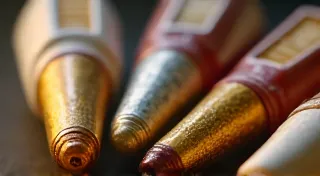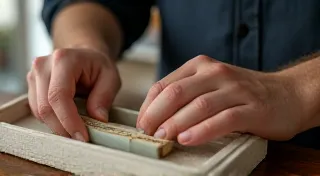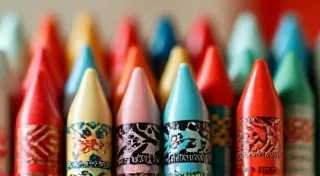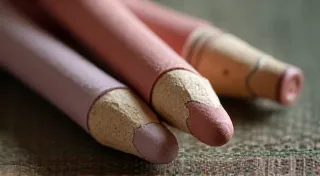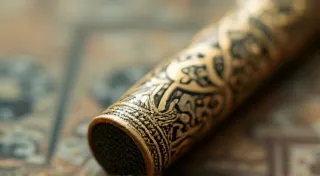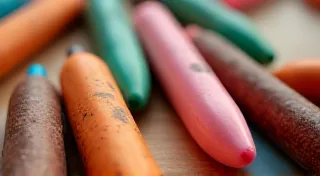Animal Erasers: A Whimsical Collecting Niche
The world of collecting vintage pencil erasers is vast and varied. While many focus on popular brands like Mitchell or Hunter, a truly delightful and increasingly popular niche revolves around animal erasers. These charming, often whimsical, erasers offer a unique blend of nostalgia, artistic design, and sometimes surprising value. This article explores the world of vintage animal erasers, covering their design evolution, manufacturing eras, and factors influencing their rarity.
A History of Animal Eraser Appeal
The appeal of animal erasers is rooted in childhood innocence and the burgeoning field of mass-produced toys and novelties. Throughout the late 19th and early 20th centuries, manufacturers recognized that children (and even adults!) were drawn to appealing and relatable shapes. Animals, with their inherent charm and variety, were the perfect subjects for transforming into functional stationery items.
Early animal erasers were often quite rudimentary, simple molded rubber shapes meant to evoke a general animal form. Think of a basic dog or cat shape. As manufacturing techniques improved, so did the complexity and artistry of these erasers. The rise of celluloid and later plastics opened up new possibilities, allowing for more detailed sculpting and brighter, more vibrant colors.
The interwar period (1920s-1930s) arguably represents the golden age of whimsical animal erasers. Manufacturers like Wahl, Beaver-Meyer, and the various rubber goods companies actively competed to produce the most appealing and innovative designs. These erasers weren't just functional; they were miniature works of art.
Common Animal Eraser Types & Designs
The range of animal erasers is astonishing. While dogs and cats are perennial favorites, collectors encounter everything from farm animals (cows, pigs, chickens) to jungle creatures (lions, tigers, monkeys) to mythical beasts (unicorns, dragons) and even fanciful hybrids.
Here’s a breakdown of some common animal eraser categories:
- Domestic Animals: Dogs, cats, horses, cows, pigs, sheep – these are generally among the most common, but variations in pose, color, and manufacturer can significantly impact value.
- Wildlife: Bears, foxes, squirrels, owls, birds – often represent more detailed and artistic designs.
- Farm Animals: A staple of the era, showcasing the rural aspects of early 20th century America.
- Jungle Animals: Popularized by early 20th-century exploration and adventure stories, these erasers are often highly sought-after.
- Mythical Creatures: Unicorns, dragons, griffins, and other fantastical beings add a touch of magic and are often rarer than more common animal depictions.
- Cartoon Characters: While strictly speaking not *just* animal erasers, many featured anthropomorphic animals or animals tied to popular cartoons of the time.
Design elements to look for include:
- Material: Early erasers were primarily made of rubber (often soft and prone to degradation), later celluloid, and finally plastics. Celluloid erasers often have a characteristic sheen and can be brittle.
- Color: Bright, unusual colors increase desirability. Faded colors can indicate age and exposure to sunlight.
- Detail: The level of detail in the sculpting – the clarity of features, the realism of the pose – influences value.
- Markings: Manufacturer’s marks (often small and difficult to see) are crucial for identification and dating.
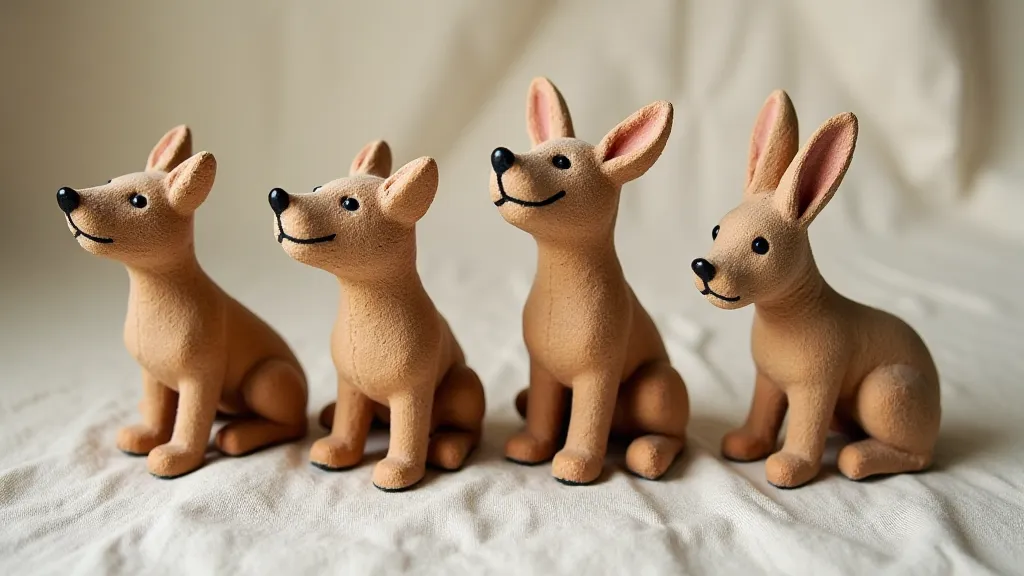
Manufacturing Eras & Identifying Marks
Dating vintage animal erasers can be challenging, but understanding manufacturing eras provides clues. Here's a simplified timeline:
- Late 1800s - Early 1900s: Primarily rubber erasers, often simple designs, few markings. Identifying manufacturers at this time is tough.
- 1910s - 1930s: The "Golden Age." Celluloid and early plastics become common. More intricate designs and manufacturer markings become more prevalent. Look for marks like "Wahl," "Beaver-Meyer," "American Rubber Co.," and various smaller, often regional, rubber goods manufacturers.
- 1940s - 1960s: Shift towards more generic designs and plastic materials. Manufacturer markings become less common and often less detailed.
Identifying marks are KEY. Even a tiny, partially obscured mark can provide valuable information. Magnifying glasses are your best friend! Research online forums and collector communities to help decipher difficult-to-read markings.
Factors Affecting Rarity and Value
Several factors contribute to the rarity and value of vintage animal erasers:
- Rarity of the Design: Some designs were produced in very limited quantities, making them highly sought-after.
- Condition: As with any collectible, condition is paramount. Erasers in excellent condition, with vibrant colors and minimal wear, command higher prices.
- Manufacturer: Erasers from well-known and respected manufacturers (like Wahl or Beaver-Meyer) generally fetch higher prices than those from lesser-known companies.
- Color Variation: Rare or unusual color variations are prized by collectors.
- Completeness: Some animal erasers were sold as part of sets or with accessories. Complete sets are far more valuable than individual erasers.
- Demand: Current trends and collector interest influence the market.
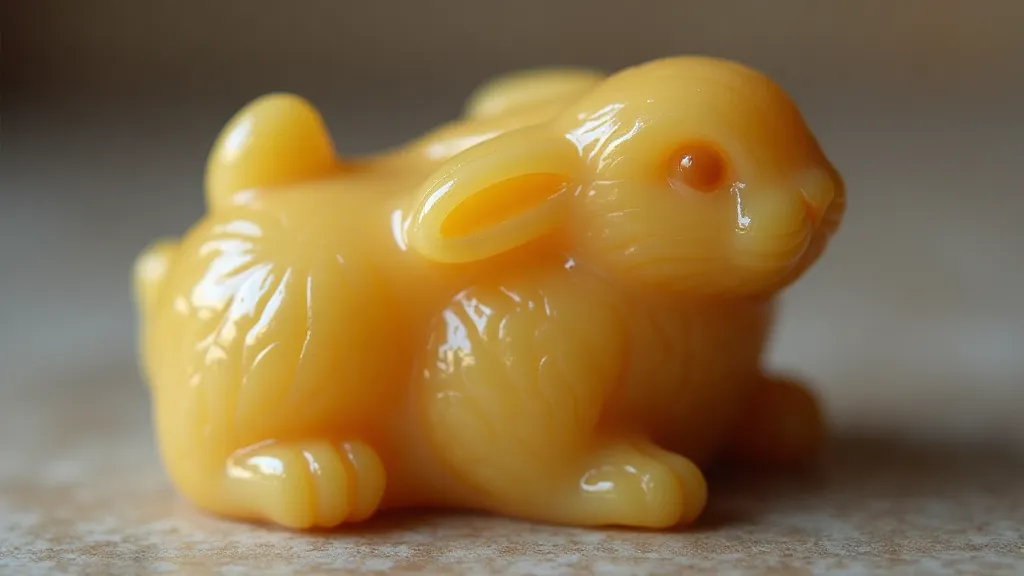
Collecting Tips and Resources
Here are some tips for building your animal eraser collection:
- Research: Familiarize yourself with different manufacturers, designs, and eras.
- Patience: Finding rare and desirable erasers takes time and effort.
- Networking: Join online forums and connect with other collectors.
- Attend Collector Shows: A great way to find hidden gems and connect with other enthusiasts.
- Handle with Care: Vintage erasers are often fragile. Store them in a cool, dry place away from direct sunlight.
Resources:
- Online Forums: Dedicated forums like "Stationery Collecting" are invaluable for identification and information.
- eBay: While prices can be inflated, eBay offers a broad selection and allows you to track market trends.
- Collector Shows: Check for local and regional stationery collecting shows.
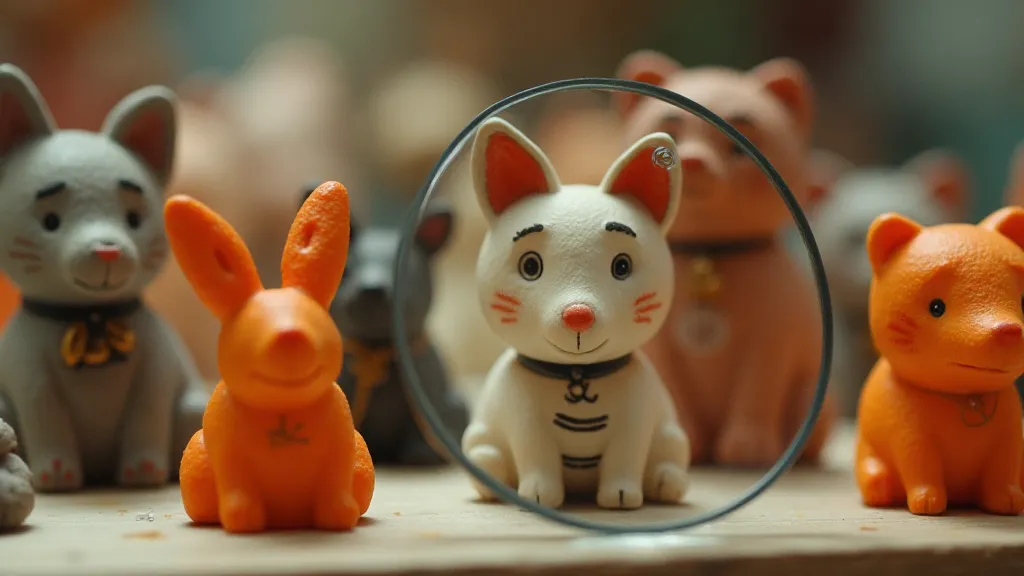
Conclusion
Collecting vintage animal erasers is a rewarding and whimsical pursuit. It's a journey into the past, a chance to appreciate artistry and ingenuity, and a delightful way to connect with a unique corner of collecting history. So, embrace the charm, sharpen your eye for detail, and start exploring the captivating world of animal erasers!
